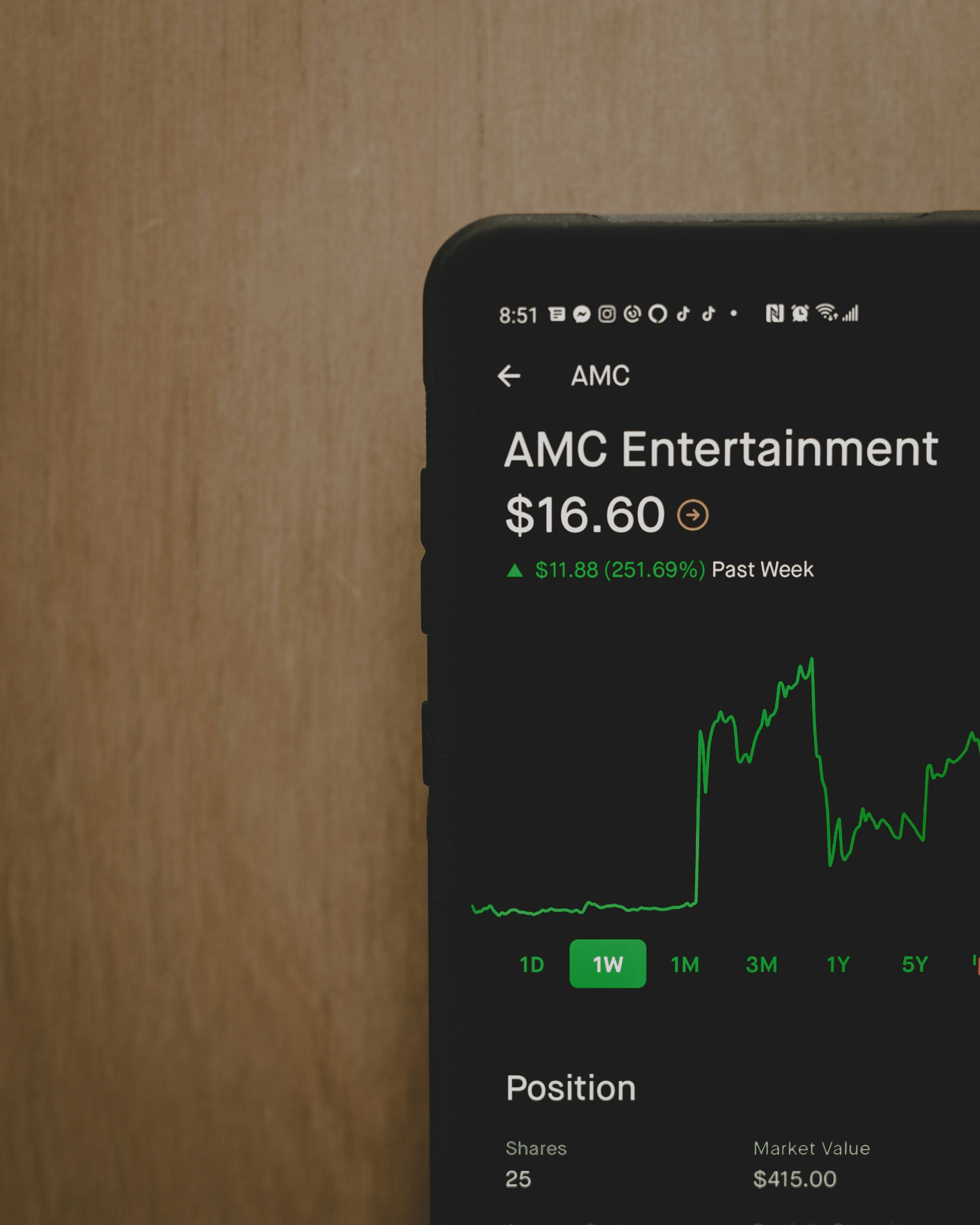The Parallel Universe of Online Identities
Published on September 8, 2024
The Parallel Universe of Online Identities
In the digital age, many of us lead double lives. There's our physical self, the one that goes to school or work, interacts with family, and navigates the tangible world. Then there's our online persona - the carefully curated version of ourselves we present on social media, in online games, and through digital communications.

For teenagers, this duality can be particularly pronounced. The online world offers a canvas for self-expression and identity exploration that may feel constrained in their everyday lives. It's a space where they can try on different versions of themselves, connect with like-minded individuals across the globe, and find communities that resonate with their interests and values.
The Benefits of Digital Identity Exploration
- Increased self-awareness and identity formation
- Opportunities to develop new skills and interests
- Access to diverse perspectives and cultures
- Safe spaces for marginalized or minority groups
- Platforms for creativity and self-expression
However, this digital duality isn't without its challenges. The pressure to maintain a "perfect" online image can be exhausting and may lead to feelings of inadequacy when comparing one's real life to the highlight reels of others. There's also the risk of becoming so invested in online personas that real-world relationships and responsibilities suffer.
Navigating the Digital Identity Divide
For parents and educators, understanding and bridging the gap between teens' online and offline selves is crucial. Here are some strategies to foster healthy digital identity exploration:
- Encourage open dialogue about online experiences without judgment
- Help teens critically evaluate online content and interactions
- Promote a balanced approach to online and offline activities
- Support the integration of positive online experiences into real-life growth
- Model healthy digital habits and boundaries
As we continue to navigate this new frontier of identity formation, it's important to recognize both the opportunities and challenges it presents. By fostering understanding and open communication, we can help the next generation harness the power of their digital selves while staying grounded in their real-world relationships and experiences.
In this complex landscape, tools like Thinker can play a vital role in bridging the gap between digital and physical identities, offering a safe space for reflection and communication that spans both worlds.


